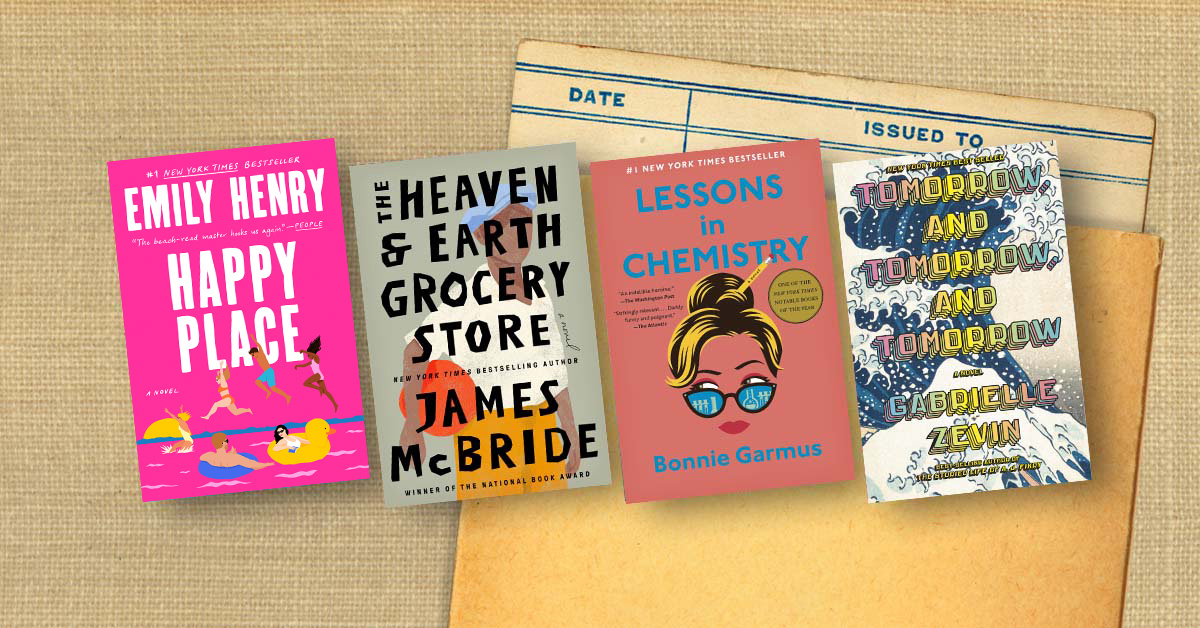
Mastering Digital Book
In today’s fast-paced, screen-driven world, writing a book is only half the journey—marketing it digitally is the other, often more challenging, half. With millions of titles competing for attention, standing out requires more than just good writing. You need strategy, consistency, and the right tools. Here’s how modern authors can harness the power of digital book marketing to turn their work into a success story.
About the event
Use services like MailerLite or ConvertKit.
Offer a free sample chapter or exclusive content in exchange for email addresses.
Send a launch sequence: teaser > launch day > social proof > limited-time offer.

About Us
What is your book about? (Genre, topic, target audience)
Is it fiction or nonfiction?
Have you published it yet (or when will it launch)?
Where is it being sold? (Amazon, your website, other platforms?)
What’s your budget, if any, for ads or promotions?


1. Know Your Audience Like a Close Friend
Before you market, you need to understand who you’re talking to. Define your ideal reader: What are their interests? Where do they hang out online? What kind of content do they enjoy? The more specific you are, the more targeted and effective your campaigns will be.
2. Build a Strong Author Brand
Your author brand is your identity across platforms. It includes your tone, visual style, and message. Use the same profile picture, color scheme, and author bio on your website, social media, and online retailer pages. Readers remember consistency.
3. Leverage Your Website and Email List
A professional website acts as your digital home base. It should feature:
- Your bio and book(s)
- A blog or news section
- Links to buy
- A lead magnet (e.g., free chapter) to grow your email list
Email marketing remains one of the highest-converting channels. Use it to:
- Announce launches
- Offer exclusive content
- Keep readers engaged between releases
4. Get Active on Social Media (Strategically)
Choose 1–2 platforms where your readers are most active—usually Instagram for visual genres, Twitter for literary or nonfiction, TikTok (BookTok) for young adult and romance, or Facebook for mature audiences.
Post content that’s a mix of:
- Behind-the-scenes writing processes
- Snippets or quotes
- Reader testimonials
- Live Q&As or story polls
Engage genuinely. Algorithms reward activity and consistency.
5. Utilize Amazon and Online Retail Tools
If you’re publishing on Amazon KDP:
- Optimize your title, subtitle, and book description with relevant keywords
- Choose effective categories and subcategories
- Use A+ content and author central to boost credibility
Also consider Goodreads for building reader reviews and hosting giveaways.
6. Run Targeted Ads
Platforms like Facebook, Instagram, Amazon Ads, and BookBub allow you to run precise campaigns targeting readers by genre, behavior, or interests. Start small, A/B test your creatives and copy, and optimize over time.
7. Collaborate with Influencers and Reviewers
Reach out to book bloggers, YouTubers, TikTokers, or Instagrammers for reviews or features. Even micro-influencers can drive significant traction within niche genres.
8. Create a Launch Strategy
Plan your book release like an event. Build anticipation weeks in advance with:
- A cover reveal
- Countdown posts
- ARC (Advance Review Copy) distribution
- Early reviews and testimonials
On launch day, go all in across your platforms.
9. Keep the Momentum Going
Marketing doesn’t end after launch. Continue engaging your readers, creating new content, and seeking visibility. Bundle your book, create audiobooks, or pitch it for local media coverage.
Conclusion
Digital book marketing isn’t about shouting the loudest—it’s about connecting with your readers in meaningful, memorable ways. By using a mix of content, community-building, and smart advertising, any author can grow a loyal fanbase and sell more books. Whether you’re self-published or traditionally published, digital is where the future of publishing lives.
Got interest?
disuperbook11@hotmail.com +60177121990